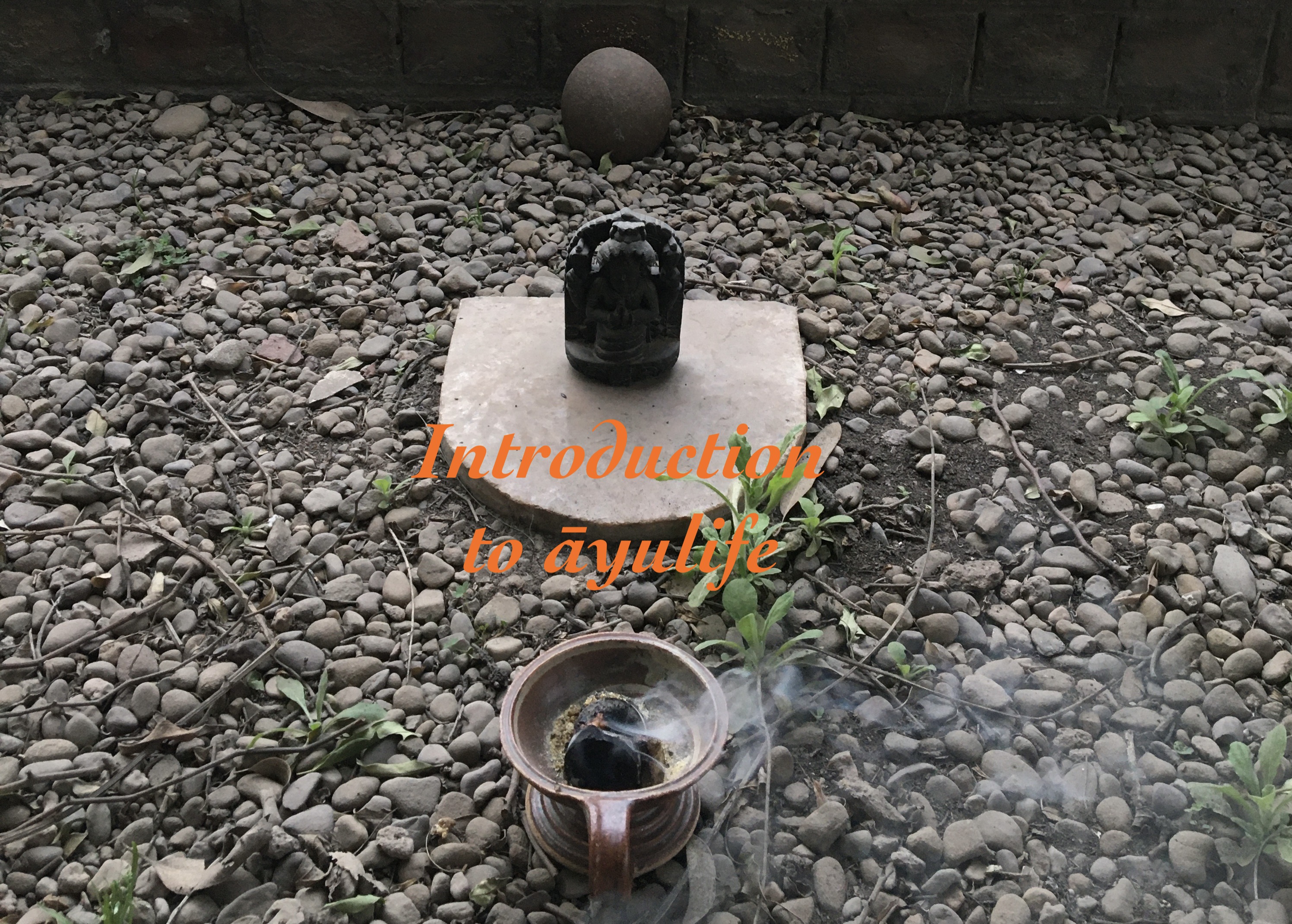
Last night was full moon and lunar eclipse, it was also Kartik Purnima, Dev Deepavali and Gurpurab. Yes, a pretty auspicious time for many. Yogis to purohits to devotees all use this period to meditate, worship, shower adulations or pray, each according to their own understanding and devotion, as do the lovers of astronomy. I was fortunate to be in Tubac, Arizona for yesterdays event experience, with clear cloudless skies, no light pollution and an unhindered open horizon. As the shadow of the earth progressed over the bright full moon and cloaked the earth with darkness, the stars shined ever so much more brilliantly until the moon now totally eclipsed, turned crimson. Much to be grateful about.
First the alignment
As a yog practitioner, I have for many decades now viewed an eclipse as an alignment of the earth, the moon and the sun according a unique opportunity to align those centres in our own body that correspond to them. The Vedic pind-brahmand philosophy lays much emphasis on the microcosm carrying in entirety the blueprint of the macrocosm and while some revere the external others turn their awareness inwards at such moments using the event to take a leap to understand the universe within.
Before I go further there’s something I need to make clear. I always write propelled by my own experience and realisations strongly believing that no sadhak should take as absolute others realisations. The layers of the mystical are profound and the joy of self discovery can never be understated. Texts and philosophical literature are someone else’s Truth and have only an intellectual value for me and easy to disregard if they don’t pass my self scrutiny. We each one of us have to find our own truth without a need for validation, I sincerely believe. To move on on this path of self discovery with confidence towards what makes us truly happy all we need is a will to do so and the tools to take us forward appear magically. Of course all results are greatly influenced by the fruits of our past karma and present personal efforts.
Here I will note down some musings on these physical eclipse occurrence and how I understand it to affect our body, emotions and mind. These applied realisations have greatly enabled me to bring balance in my life. I have also included a link to a meditation I recorded after this event at the end of this section.
As mentioned earlier during an eclipse, whether full or partial, there is a corresponding full or partial alignment of the sun, the earth and the moon and this reflects in our body in different ways, I have found. Our left and the right naadis in yogic terms the Ida and Pingala correspond to the Chandra (moon) and Surya (sun), connecting to the two polarities in our brain- the right and left hemispheres. The earth corresponds to our mool prakriti, the innate nature of our body, While consciously aligning these spheres during the eclipse we enable ourselves to flow with the circadian rhythm of the universe reducing conflict in our emotional and mental body- the manomaya kosha. Living without conflict with nature ones nature becomes that of stillness and the physical body receives the benefit of health of such peaceful living without stress.
Another realisation I experienced is that of the moon, the sun and the earth aligned along the spine. The moon in the Agnya Chakra indicating the mind, the Sun in the Anhad Chakra as distributor of Pran and the earth on the muladhar representing everything physical, earth, water, fire air and the space occupied when alive, in death all these return to the source.
Finally, as the moon corresponds to the mind, and it is well known how the lunar cycle effects our mind, when the shadow of the earth passes over the moon enveloping it fully and then the moon reemerges as the shadow passes, it as if a veil is removed, a veil of ignorance and the mind full of awe rebirths into a clarity facing the brilliant sun. This outer light is reflected in the inner transformation of the yogi practitioner.
click this 👉🏽 Practicing Alignment on Eclipse Days
Misalignment Galore
-my God/Guru is greater than yours
Of course after this wonderful alignment with nature and the sun and the moon and the earth, I had to open my phone! Being a festive day, I had received many forwards, wishes for Kartik Purnima, for Dev Deepavali, and Gurpurab, usually I delete them all without seeing but I had to open this one didn’t I 🤷🏻♀️, a forward for Gurpurab. Gurpurab is the birth centenary of Guru Nanak Devji, the first Sikh Guru. It was originally from a UK based Sikh organisation, forwarded many times WhatsApp informed me and now forwarded to me by a well meaning friend and it caught my attention. It had a picture of Nanak’s father holding baby Nanak in his arms, and in front of them stood bowing in supplication, many divine beings, of whom I recognised Brahma because of the multiple heads, Vishnu because of the blue body, and Shiva because of the snake around the neck and many other Devi’s and Devata’s, all from the Hindu diaspora. It wasn’t a very well executed picture but it started a flow of thought as to why to make our own Guru or God greater we have to show others down as inferior to them?
Sometimes these representations are malicious, but often it is just the devotion of the devotee to showcase their own as somehow better, greater and grander. Everyone has done this in history and still continue to do so, Vaishnavites show Vishnu as superior to Shiva, followers of Gorakhnath show Krishna washing Gorakhs feet, the worshippers of Shakti show her as more than Shiva, saying Shiva is Shav without Shakti, amongst disciples there is always a rush to prove their own gurus as the true one. This is just within the boundary of one religion, my father once told me how when they were kids in the late 1930’s, Christian missionaries would come to their small village in Kerala and demonstrate how an idol of Krishna sinks when thrown into the well but the idol of Jesus Christ floats. The idol of Krishna was made of metal and Jesus of wood! All the children watching could see that and found it quite foolish. Wonder how many tenets of the religion is broken whith these actions? I am mostly amused by this show, but it is a point to be noted and care taken not to fall into this trap ourselves in the rush to preach and share.
I feel this maybe one of the reason that I found myself pulled towards yog sadhana, where all these concepts can be on a different level of understanding. The body becomes the temple, and all the deities are accommodated within, Shiva and Shakti, Brahma and Vishnu, Ganesh and Hanuman; The Ganga, Yamuna and Saraswati, all equally important or not, their roles dictated by the state the practicing yogi is in. A journey of Self-discovery untainted by the external show. All the forms reveal an inner symphony without any discordant note, to the one who is sensitive.
Removing the veil
Finally, for the yogi, these deities if present, losing their physical attributes amalgamate into Still Love, as they did for me. A core centre of stillness that only translates as Love, shorn of all rites and rituals internal or external. The inner and the outer Guru can stand alone, without support of validation, comparison and or competition.

